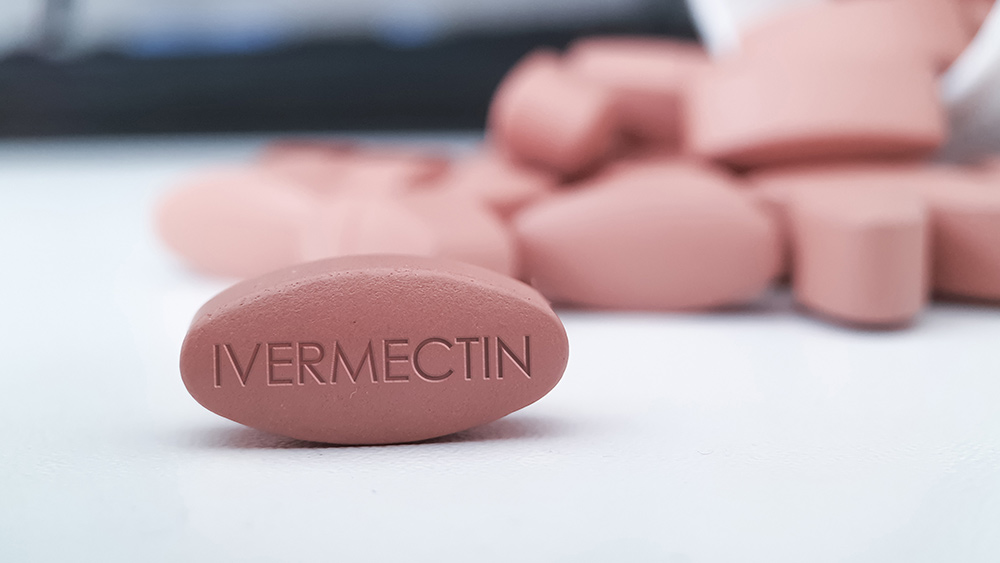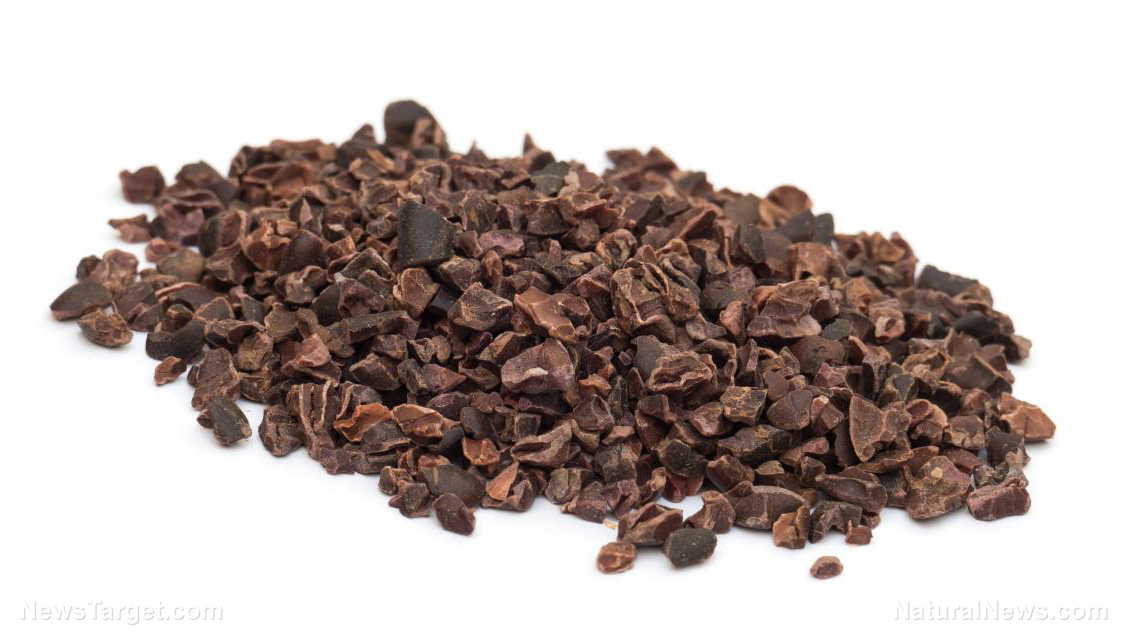ONE MINUTE FAT-BURNING WORKOUT going viral – Maybe you should try it
07/28/2025 / By S.D. Wells

Ditching long hours at the gym for just a minute of intense effort might be the surprising key to better health, fat loss, and even a longer life. According to Professor Katie Hirsch of the University of South Carolina, sprinting is among the most effective exercises for improving heart health and overall fitness. Her insights, supported by fellow expert Professor Heather Vincent from the University of Florida, highlight how a simple, short burst of effort can bring about dramatic health benefits.
- One-Minute Sprints Offer Powerful Health Gains: Exercise expert Prof. Katie Hirsch highlights that short, high-intensity sprints—lasting just 15 to 60 seconds—can significantly improve cardiovascular health, increase fat burning at rest, and boost VO2 max, a key indicator of fitness and longevity.
- Supports Muscle, Bone, and Aging Health: Sprinting helps preserve fast-twitch muscle fibers vital for strength and mobility as we age, and uniquely strengthens bone density through high-force impact—particularly in the spine and hips—according to Prof. Heather Vincent.
- Cognitive Benefits and Dementia Protection: High-intensity sprinting increases cerebral blood flow, which may help slow age-related cognitive decline and reduce the buildup of amyloid and tau proteins linked to Alzheimer’s disease.
- Effective but Not a Strength Training Replacement: While not a substitute for weightlifting, sprinting stimulates muscle more than steady-state cardio like jogging or walking. Experts recommend starting with moderate-intensity sprints (70–80% effort) and gradually building intensity for safe adaptation.
Expert Shares Ultimate Fat-Burning Workout That Could Transform Your Health—And It Only Takes a Minute
Sprinting, a form of high-intensity interval training (HIIT), involves short, powerful bursts of activity lasting from 15 seconds to a minute, followed by a brief period of recovery. Though not a magical solution for weight loss, this form of training significantly boosts the body’s ability to burn fat at rest—more so than traditional steady-state cardio like jogging or walking.
“You are really maxing out your systems when sprinting and that creates a big driver for adaptation,” said Prof Hirsch in an interview with National Geographic. Sprinting increases VO? max, a crucial indicator of how effectively the body uses oxygen during exercise. A higher VO? max is directly linked to better cardiovascular health and physical endurance, which reduces the risk of heart disease and other chronic conditions.
But the benefits go beyond fat loss and cardio fitness. Sprinting supports the maintenance of fast-twitch muscle fibers—those responsible for speed and power—which naturally decline with age. Their loss can contribute to balance issues, lower back pain, and greater susceptibility to injury in older adults. Sprinting, as Prof Vincent points out, helps preserve these fibers and enhances agility, strength, and mobility well into later life.
One often overlooked benefit of sprinting is its positive impact on bone density, especially in the spine and hips. Known as Wolfe’s Law, this principle explains how high-force movements like sprinting stimulate bone growth. The stress placed on bones through intense muscle contractions promotes stronger, denser bones, offering natural protection against age-related conditions like osteoporosis.
Though sprinting does stimulate muscle activity, both professors agree it is not a full replacement for strength training. Weightlifting remains the gold standard for muscle growth, but sprinting provides a powerful complement—far superior to long, steady cardio when it comes to muscle engagement and hormonal response.
For those new to sprinting, experts advise easing into it. Beginning with jogging and slowly incorporating sprint intervals—initially at 70–80% of maximum effort—can help condition the body without risking injury. “Each time you exercise, your body adapts a little bit and becomes more durable and tolerant,” said Prof Vincent.
Excitingly, sprinting may also offer brain-boosting benefits. Recent research shows high-intensity workouts like sprinting increase blood flow to the brain, which may slow cognitive decline associated with aging and conditions like Alzheimer’s. A Spanish study found that moderate exercise in middle age significantly reduced levels of amyloid protein in the brain—a key factor in dementia.
As further research confirms the physical and mental health gains from sprinting, experts are urging people to consider this powerful, time-efficient workout as a tool for long-term health. Just one minute of effort might make all the difference.
Tune your food news frequency to FoodSupply.news and get updates on more junk science food stuff that corporate America loads the grocery store shelves with so everybody will be obese, diabetic, and get eaten alive by expensive cancer.
Sources for this article include:
Submit a correction >>
Tagged Under:
1 minute workout, exercise, fitness, high intesity, interval training, jog, Run, Sprint
This article may contain statements that reflect the opinion of the author





















